When solar power was in its infancy, choosing to become self-sufficient for your power needs afforded you one type of panel.
The variety is better nowadays, especially for those who need off-grid or portable power.
Rigid solar panels are the style we tend to see most; encased glass-fronted units mounted on roofs.
Flexible panels do the same job and generate a similar amount of power. Their main difference is that they are lightweight and portable, enabling their use off-grid, on RVs, and boats.
What is a Solar Panel?
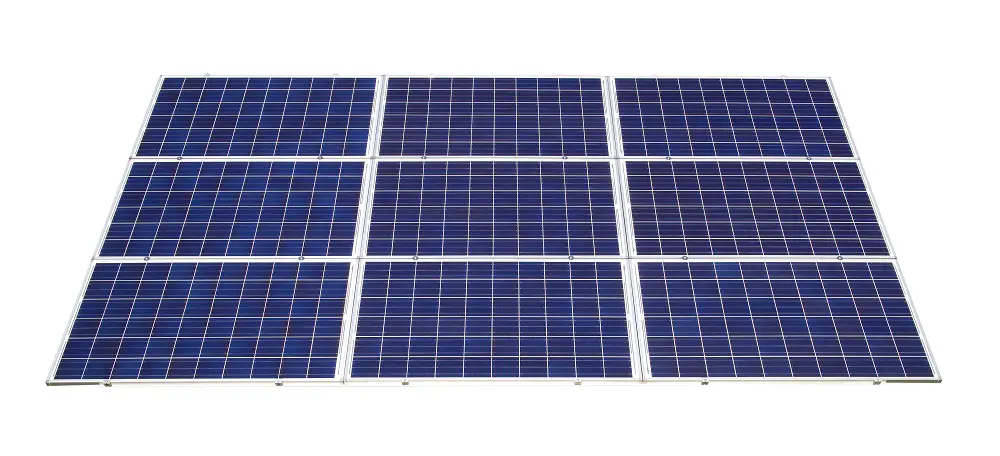
Solar power is a renewable source of energy supplied by the sun. It is clean, reliable, and unlike fossil fuels, it doesn't damage the environment.
To harness the sun's power, you need a collection of PV (photovoltaic cells) bound together to increase their efficiency – solar panels.
The photons in sunlight react with silicon crystals within the cells to generate power.
It is then passed through an inverter to convert it into usable electricity and directed into our homes or the grid.
When to Use Flexible Solar Panels
Peoples needs are different; some live off-grid with no discernable electricity connection. Others want to use appliances on an RV, boat, or camping trip. Flexible panels provide green energy in places where it's not usually available.
Roof orientation and available space might also work against standard rigid panels.
Flexible panels offer versatility; they can be assembled and charged up in one place and moved elsewhere for use.
Advantages of Flexible Solar Panels
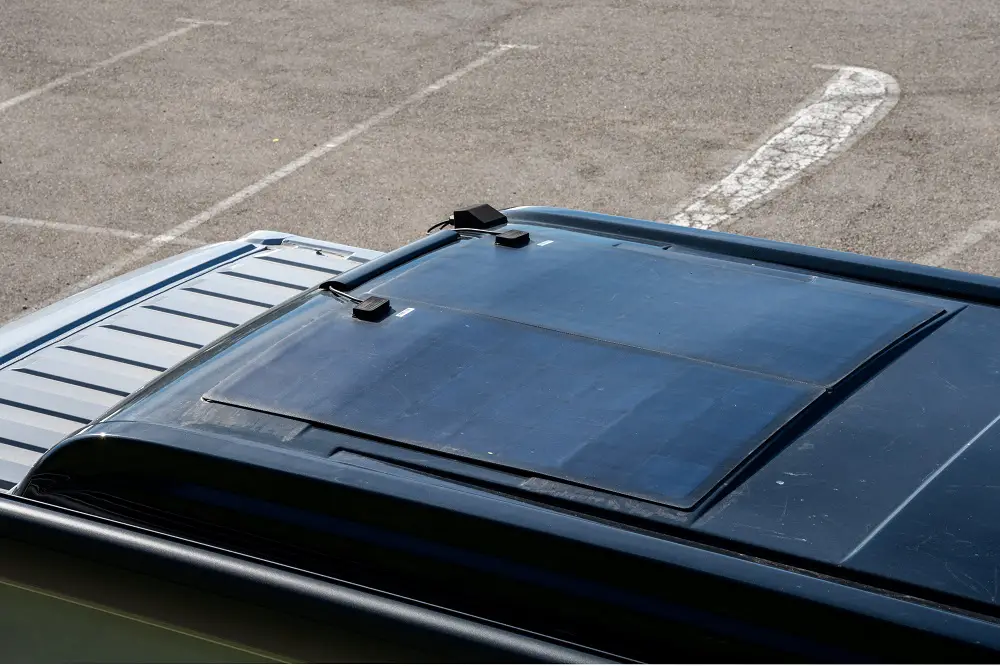
Portability
They're lightweight; each panel weighs around 5lbs. They have a carry case and fit neatly into a trunk or bag, so transporting them is a simple task.
They are easy to maneuver, installation time is less than rigid panels.
They are suitable for various surfaces that can't withstand much weight.
Flexibility
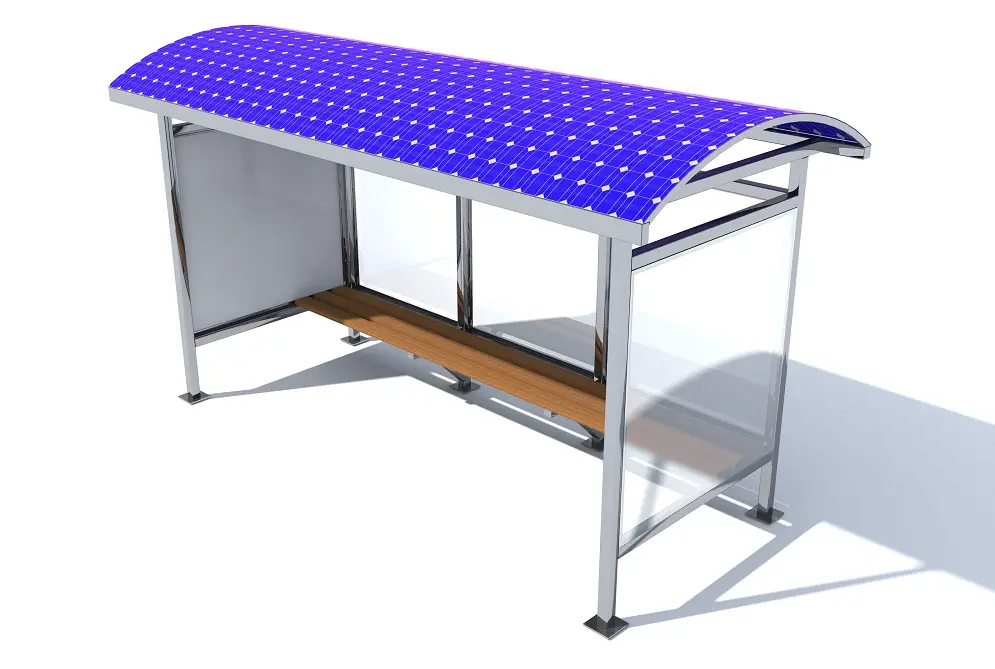
The surface of flexible solar panels is bendable and can conform to different shapes, up to a 50° angle (depending on the brand)
They adapt to most surfaces and non-stand roofs.
Cost
All flexible and rigid solar panels have similar purchase prices although, installation fees vary. Flexible panels are invariably much cheaper to install.
Temporary Use
Once mounted, rigid panels generally stay in situ for their entire service life. Flexible solar panels can be installed temporarily, charged, and removed for later use elsewhere.
Energy on the Move
While attached to the top of a car, boat, or caravan, flexible panels generate electricity as you move.
Low light
Flexible panels will still charge in low light, providing just enough power to charge your phone or boil the kettle.
Disadvantages of Flexible Solar Panels
Handling Difficulties
They should be handled with care; if they flex at too great an angle, some of the cells may suffer irreparable damage.
Life Span
When comparing flexible solar panels vs. rigid ones, the difference in life expectancy is staggering; 3-5 years vs. 25 years.
Remember, flexible panels are often for occasional use, therefore, extending their life.
Installation
They need to be attached to a stand if they're not going on a roof. It will hold the panels in position and ensure they're at the right angle to benefit from the sunlight.
Durability
Although all solar panels develop harmful micro-cracks over time, it tends to happen quicker on flexible ones.
Shade Issues
The efficiency of flexible panels is drastically reduced by shade. If a shadow casts over a small section of the panel it not only affects the cells in the shade but those closest to them as well. Thus, reducing the amount of power generated.
Power Generation
To create a substantial amount of power, multiple panels are required.
Types of Flexible Solar Panels
The outer coating of a flexible solar panel contributes to its lifespan and efficiency.
ETFE Ethylene Tetrafluoroethylene
ETFE is a fluorine-based plastic designed to withstand very high temperatures.
The coating consists of tiny textured bumps, each of which behaves like a magnifying glass to generate slightly more energy.
ETFE is exceptionally durable and should last more than 25-years.
PET Polyethylene terephthalate
PET is the same plastic used for water bottles, so it is waterproof and durable, to a certain extent.
It is more flexible, but that isn't always a positive, as it breaks down more easily if a gust of wind catches beneath it.
If in constant use, they have a life expectancy of 3-5 years. This extends if they're for occasional use such as camping or boating trips, etc.
Advantages of Rigid Solar panels
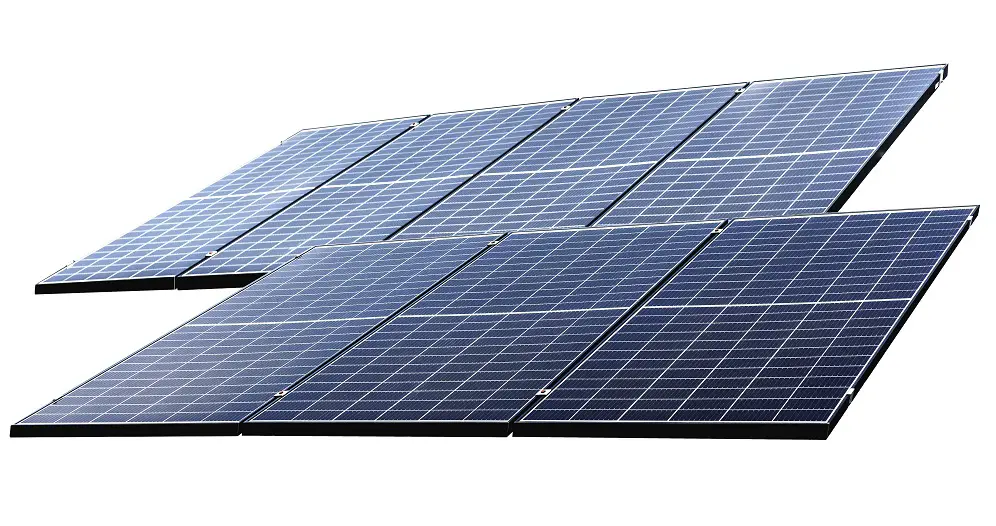
The obvious advantages of rigid solar panels include clean, reliable, eco-friendly, efficient energy. We want to highlight their good points in comparison with flexible panels.
Durability
Each panel is surrounded by a stable aluminum frame that protects the cells. It renders them easier for the installers to handle and ensures they can bear more weight than flexible panels.
Wind Resistant
Tempered glass fronts protect the cells from the elements, their secure mountings ensure even the strongest winds don't affect them. Unlike flexible panels, they won't tear and are much less likely to scratch.
Life-Expectancy
Rigid solar panels have, on average, a five times longer lifespan than their flexible counterparts. Even when they reach their expected 25-years, the panels don't become defunct; their efficiency decreases until they only produce about 80% of the power that they did when new.
Efficiency
Rigid panels tend to cost less per watt of energy they provide. They are usually the most efficient often because they are roof-mounted in large numbers – a solar array.
Reliability
Once your solar system is installed, you begin to reap the benefits immediately with reduced utility bills and a possibility to sell excess power back to the grid.
Your chosen installation team will have oriented the panels in the optimum position to attract the highest level of sunlight.
Disadvantages of Rigid Solar Panels
Cost
Rigid solar panels are undoubtedly a large financial commitment and, panel for panel, more costly than flexible panels. A typical 4kw domestic solar array usually pays for itself within 6-9 years, at which time it is possible to reap financial benefits.
Fixed Position
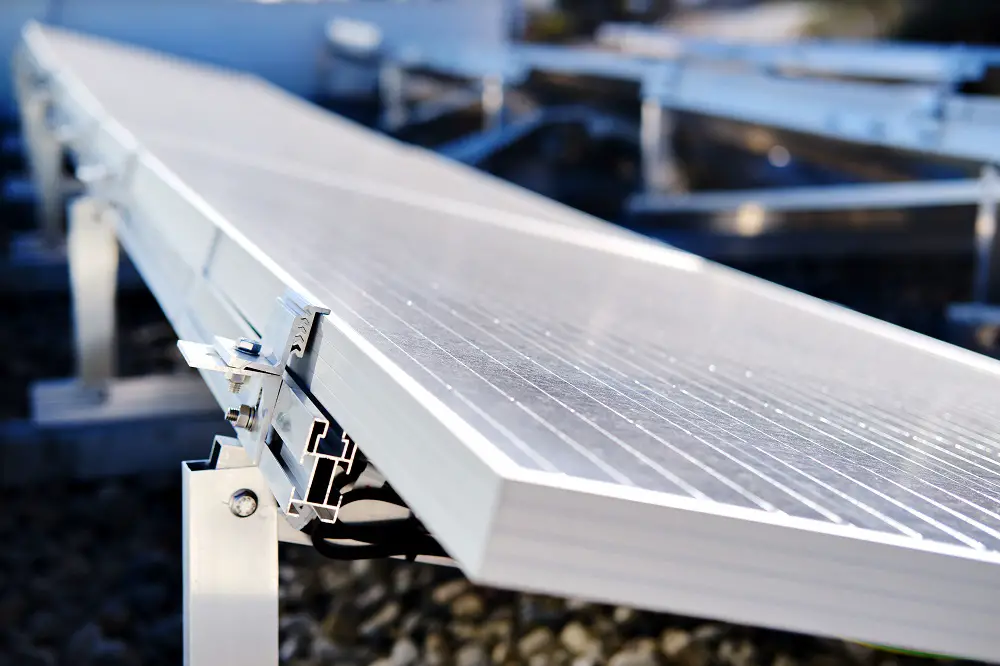
Rigid solar panels are not portable; they are mounted at a permanent site, usually a roof, where they remain until the end of their service/useful life.
Weight
An average 100w rigid solar panel weighs around 20lbs; too bulky to transport and not ideally suited to weak roof space.
Installation
Installing a full solar array is a time-consuming task that should only be undertaken by professionals - another reason they cost more than flexible panels.
Final Thoughts
If you're struggling to decide between flexible solar panels and rigid ones, consider their applications.
For the outdoorsy type who loves spending time on the road, flexible panels are useful; Charge the panel and you'll never be without power for your phone, a night light, and electricity to boil a kettle for hot chocolate beneath the stars.
Rigid panels generate that same reliable, environmentally-friendly power, just in one fixed position.

